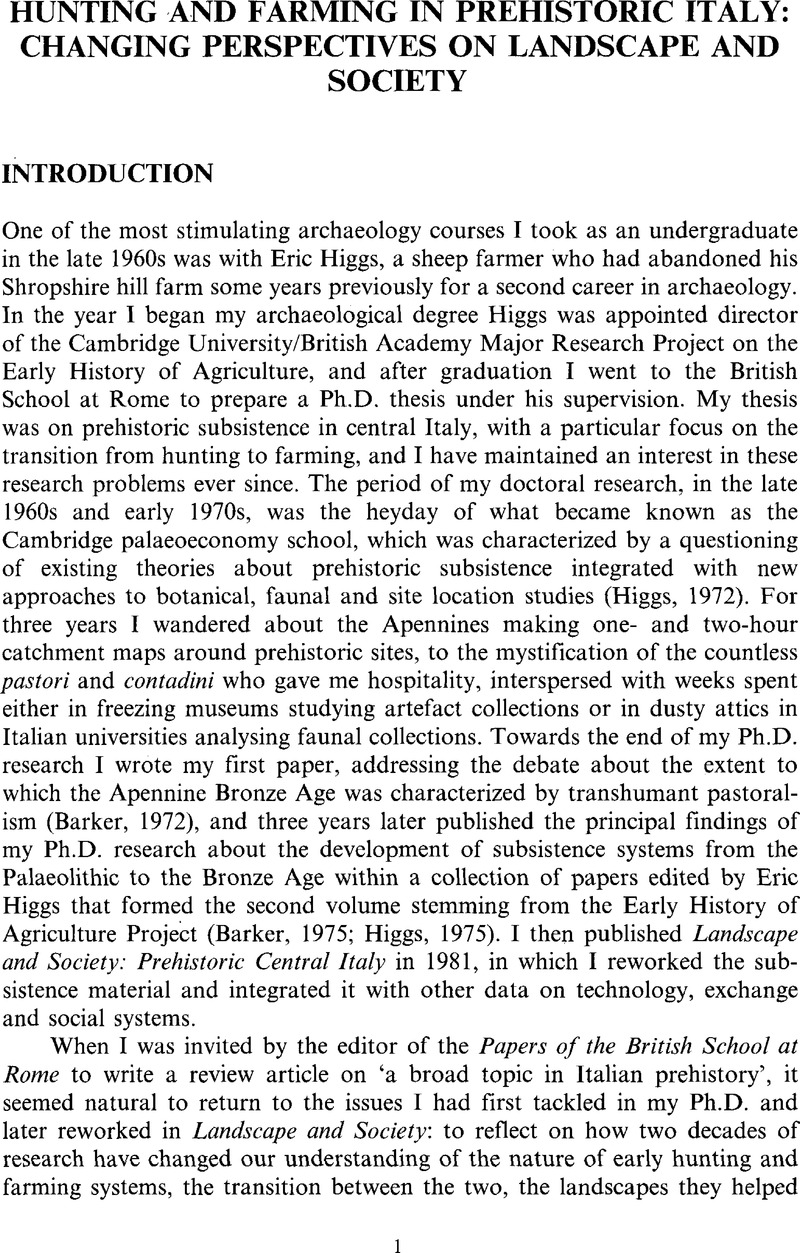Crossref Citations
This article has been cited by the following publications. This list is generated based on data provided by Crossref.
Visentin, Davide
Carrer, Francesco
Fontana, Federica
Cavulli, Fabio
Cesco Frare, Piergiorgio
Mondini, Carlo
and
Pedrotti, Annaluisa
2016.
Prehistoric landscapes of the Dolomites: Survey data from the highland territory of Cadore (Belluno Dolomites, Northern Italy).
Quaternary International,
Vol. 402,
Issue. ,
p.
5.
Carrer, Francesco
and
Migliavacca, Mara
2019.
The Textile Revolution in Bronze Age Europe.
p.
217.
Toškan, Borut
Achino, Katia Francesca
and
Velušček, Anton
2020.
Faunal remains mirroring social and functional differentiation? The Copper Age pile-dwelling site of Maharski prekop (Ljubljansko barje, Slovenia).
Quaternary International,
Vol. 539,
Issue. ,
p.
62.
Palmisano, Alessio
Bevan, Andrew
Kabelindde, Alexander
Roberts, Neil
and
Shennan, Stephen
2021.
Long-Term Demographic Trends in Prehistoric Italy: Climate Impacts and Regionalised Socio-Ecological Trajectories.
Journal of World Prehistory,
Vol. 34,
Issue. 3,
p.
381.
Parkinson, Eóin W.
McLaughlin, T. Rowan
Esposito, Carmen
Stoddart, Simon
and
Malone, Caroline
2021.
Radiocarbon Dated Trends and Central Mediterranean Prehistory.
Journal of World Prehistory,
Vol. 34,
Issue. 3,
p.
317.
Parkinson, E. W.
Stoddart, S.
Sparacello, V.
Bertoldi, F.
Fonzo, O.
Malone, C.
Marini, E.
Martinet, F.
Moggi-Cecchi, J.
Pacciani, E.
Raiteri, L.
and
Stock, J. T.
2023.
Multiproxy bioarchaeological data reveals interplay between growth, diet and population dynamics across the transition to farming in the central Mediterranean.
Scientific Reports,
Vol. 13,
Issue. 1,



